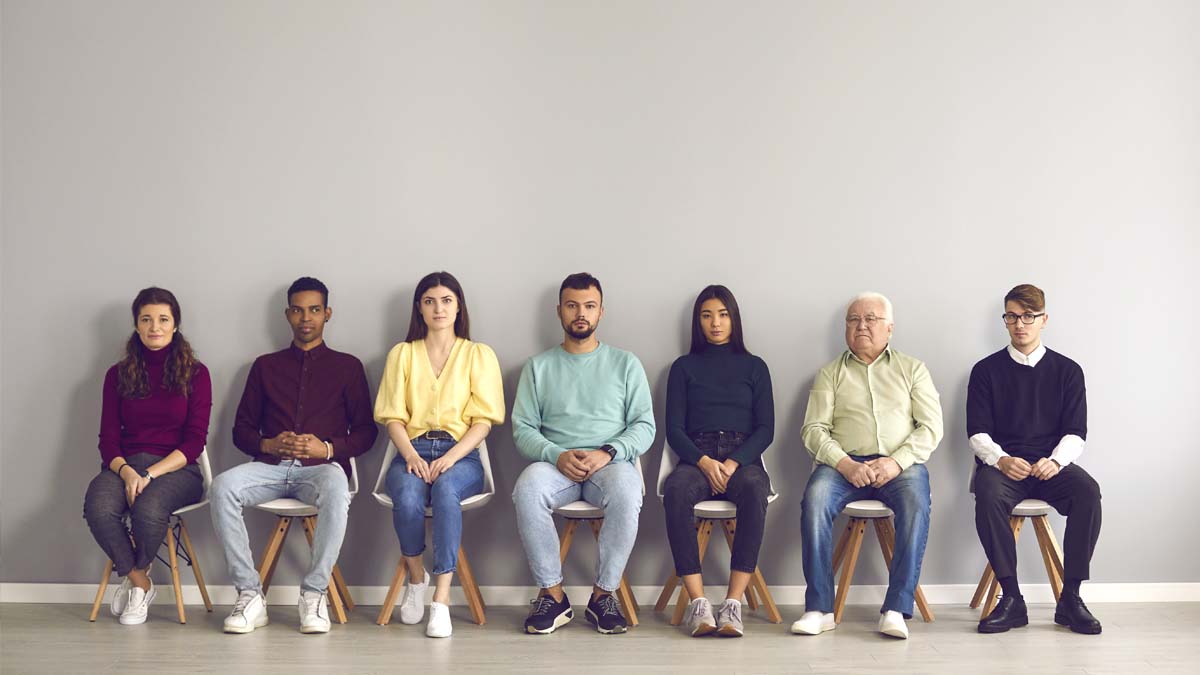When the mental health profession as we know it today began taking shape in the 1950s, there came with it the hurdle of the social stigma – making families desperate to keep their issues quiet and unknown to friends, acquaintances and relatives.
While that stigma still exists to a large extent, mental health support is now far more accepted in American society – but the need has increased so much in the last 40 years that now there aren’t enough professional therapists to meet the growing demand.
In the next 10 years, as Americans of all ages cope with aging, personal health, school and work stresses, affordable living and how to balance it all with quality of life, the continuing lack of mental health professionals is expected to force many people who need their services and support to consider other alternatives.
“We have seen a dramatic increase in mental health concerns among all populations,” said Dr. Kelly Rabenstein, psychologist and owner of Magnolia Psychological Services in Mount Pleasant. “But this rise has been particularly alarming in children and adolescents, including steep rises in suicidal thoughts and behaviors.”
She cited these reasons for the increase:
- The COVID pandemic, which created an obvious break in the ability to engage in cultural traditions, and socializing in general;
- The war in Ukraine, inflation, supply chain issues, the job market, the steep costs of higher education, family stresses, U.S. politics and world events – all of which can lead to a sense of dread and forbidding “as we are bombarded with news of tragic or worrisome situations”;
- More alcohol and recreational drug use. Dr. Rabenstein said their increased use during the COVID lockdown has not returned to pre-pandemic levels, “especially in middle-aged people.”
- More engagement in screen time – TV, computer and cellphones – particularly smartphone use, including social media and gaming.
“The more remote we become, the more our screen time increases,” Dr. Rabenstein said. “Dating and socializing trends have also shifted – and many young people in particular report feeling alone or without purpose and meaning in relationships.”
Dr. Daniel Greenberg, associate professor and chair of the Psychology Department at the College of Charleston, said that while the stigma of mental health doesn’t carry nearly the personal impact it did to people in the 1950s and 1960s, coping in general appears to be harder on a much bigger scale.
“People are more willing to seek help for mental health issues than they once were,” he said. “But partly due to COVID, the need to care for children suddenly stuck at home, new job stresses and the disease itself have certainly taken their toll.”
That toll is reaching people like Dr. Rabenstein and her colleagues. For example, the Substance Abuse and Mental Health Services organization in Rockville, Maryland, estimates that while nearly 1 in 5 adults experience a mental health condition that needs treating, fewer than half of them, 43%, receive treatment.
“And this trend is likely to continue because we can’t keep up with the current demand,” she said. “Before the pandemic, I saw about 30 people a month – now that number could easily be double. And I had to stop seeing new patients some time ago.”
She added that in addition to consuming more alcohol and drugs, people who can’t get in to see a therapist sometimes seek answers in other, equally hazardous ways, such as searching the internet, where information is too often wrong or misleading; seeking out clergy, coaches or others who can offer advice on mental illness but have not been trained to do so; and consuming various forms of medication, which in many cases only serves to erode normal coping skills.
“It can be very challenging to get long-lasting relief when mental health professionals are scarce,” Dr. Rabenstein said.
But she added that people can find relief in much simpler and less-hazardous ways, such as:
- Spending time with supportive and helpful family members and friends;
- Working on an activity that requires time and effort and which will give you a sense of accomplishment;
- Reading a book;
- Taking a class that teaches you something new;
- Exercising outdoors.
Ironically, the diminished use of these suggestions in the past 40 years is partly what has led to the growing demand for mental health needs. But Dr. Rabenstein said that while they may seem too simplistic, they not only work but, in the long run, can save people a trip to see her.
“As we move toward the 2030s, I hope the number of people seeking therapy for self-improvement will grow and that mental health issues will diminish,” she said. “But we will see.”
By L. C. Leach III
